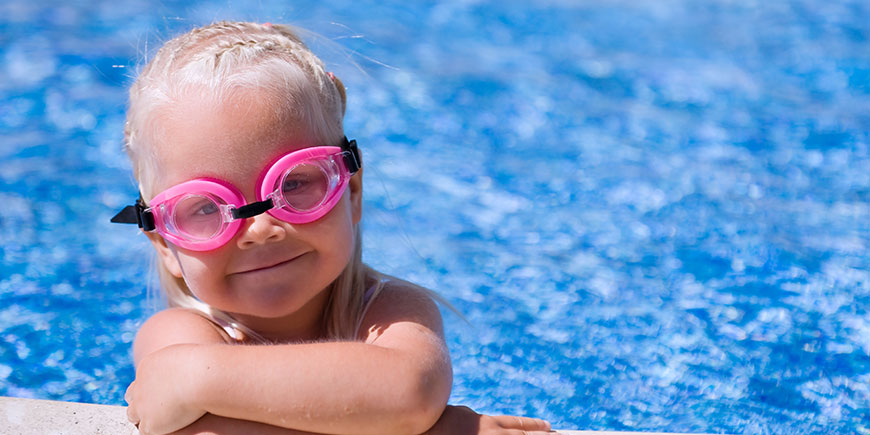Molluscum Contagiosum Treatments
Molluscum contagiosum is among the most common types of skin conditions in pediatric patients who are treated by a Gainesville dermatologist with our practice, although this skin condition may also occur in adult patients. For more information about this skin condition, to schedule an appointment for treatment, or to learn about the types of skin conditions treated at Gainesville Dermatology & Skin Surgery, including multiple types of lumps, bumps, and cysts, contact us today.
What Is Molluscum Contagiosum?
Molluscum contagiosum is a skin condition caused by a virus related to the pox family. It is usually found in children but can affect anyone at any age and is highly contagious. This skin condition is prevalent in children because of their increased likelihood of exposure to infection through skin-to-skin contact. Other common forms of transmission include swimming pools and shared sports equipment. If you or your child has developed molluscum contagiosum, contact the dermatologists in Gainesville with our skin care clinic. We provide comprehensive and effective skin care treatments, including those for molluscum contagiosum and more.
Symptoms Of Molluscum Contagiosum
Symptoms of molluscum contagiosum may not manifest for up to six months after being infected by the virus. However, most patients develop lesions within two weeks and seven weeks after infection. The lesions generally appear individually or in small groups of up to 20 lesions with the following characteristics.
- Shiny and smooth in appearance, usually less than five millimeters in diameter;
- Flesh-colored, pink, or white coloration;
- Dome-shaped, firm lesions with a dented or dimpled middle; and
- Having a central core filled with a wax-like material.
Molluscum contagiosum can appear anywhere on the body except on hand palms and foot soles. An infected area may develop unexplained swelling before the lesions appear.
Causes Of Molluscum Contagiosum
This skin condition is caused by a virus belonging to the pox family and is highly contagious. Children are usually infected through skin-to-skin contact or by sharing contaminated items, such as clothing, towels, and other personal belongings. A person with the virus can spread it to different parts of their body via rubbing and scratching.
If you believe you or your child has been infected with the molluscum contagiosum virus, contact the dermatologists Gainesville residents trust for treatment of skin care issues.

